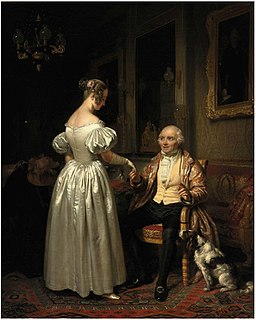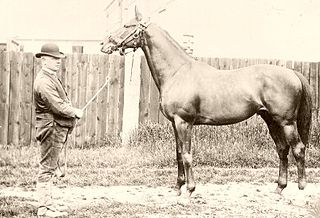This article relies too much on references to primary sources .(May 2010) (Learn how and when to remove this template message) |
| Brantôme | |
|---|---|
| Sire | Blandford |
| Grandsire | Swynford |
| Dam | Vitamine |
| Damsire | Clarissimus |
| Sex | Stallion |
| Foaled | 1931 |
| Country | France |
| Colour | Bay |
| Breeder | Haras de Meautry |
| Owner | Baron Édouard Alphonse de Rothschild |
| Trainer | Lucien Robert |
| Record | 14: 12-0-0 |
| Earnings | $1,979,631 |
| Major wins | |
| Prix Robert Papin (1933) Grand Critérium (1933) Prix Morny (1933) French 2000 Guineas (1934) Prix Lupin (1934) Prix Royal-Oak (1934) Prix de l'Arc de Triomphe (1934) Prix du Prince d'Orange (1935) Prix du Cadran (1935) | |
| Last updated on 23 September 2006 | |
Brantôme (1931–1952) was a French Thoroughbred racehorse and prominent sire. He was unbeaten at ages 2 and 3 and is ranked among the best French horses ever.

France, officially the French Republic, is a country whose territory consists of metropolitan France in Western Europe and several overseas regions and territories. The metropolitan area of France extends from the Mediterranean Sea to the English Channel and the North Sea, and from the Rhine to the Atlantic Ocean. It is bordered by Belgium, Luxembourg and Germany to the northeast, Switzerland and Italy to the east, and Andorra and Spain to the south. The overseas territories include French Guiana in South America and several islands in the Atlantic, Pacific and Indian oceans. The country's 18 integral regions span a combined area of 643,801 square kilometres (248,573 sq mi) and a total population of 67.3 million. France, a sovereign state, is a unitary semi-presidential republic with its capital in Paris, the country's largest city and main cultural and commercial centre. Other major urban areas include Lyon, Marseille, Toulouse, Bordeaux, Lille and Nice.

The Thoroughbred is a horse breed best known for its use in horse racing. Although the word thoroughbred is sometimes used to refer to any breed of purebred horse, it technically refers only to the Thoroughbred breed. Thoroughbreds are considered "hot-blooded" horses that are known for their agility, speed, and spirit.

A father is the male parent of a child. Besides the paternal bonds of a father to his children, the father may have a parental, legal, and social relationship with the child that carries with it certain rights and obligations. An adoptive father is a male who has become the child's parent through the legal process of adoption. A biological father is the male genetic contributor to the creation of the infant, through sexual intercourse or sperm donation. A biological father may have legal obligations to a child not raised by him, such as an obligation of monetary support. A putative father is a man whose biological relationship to a child is alleged but has not been established. A stepfather is a male who is the husband of a child's mother and they may form a family unit, but who generally does not have the legal rights and responsibilities of a parent in relation to the child.
















